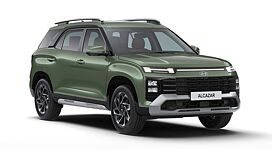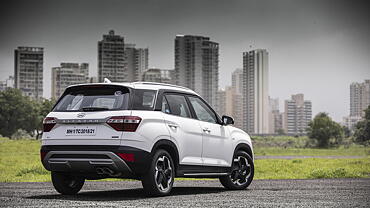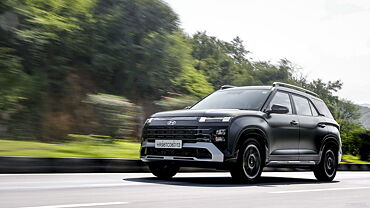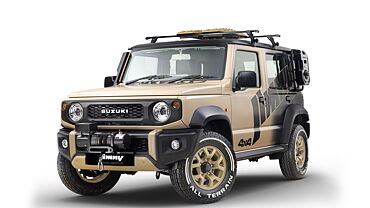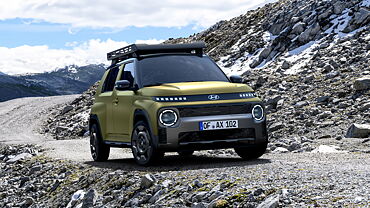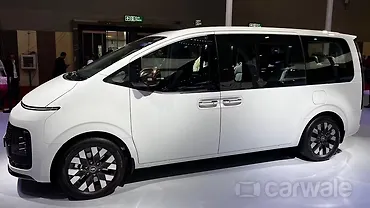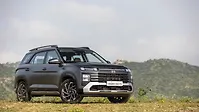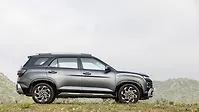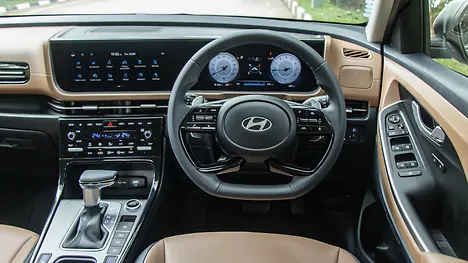
- It could arrive in late 2025
- Will follow the same principle as the Creta EV
Somewhat hot on the heels of the Hyundai Creta EV will be an Alcazar EV. CarWale learnt that this car too is in the pipeline and could arrive in late 2025. It makes a lot of sense and here are four reasons why we think the car will be a must-have for the Hyundai family.
Logical progression
The voices around the Hyundai Creta EV have been getting louder and louder with its market debut set to happen by the end of the financial year, it will be Hyundai’s first locally made EV solution and could offer a range of 450-500kms and will be feature loaded. It will be underpinned by a modified version of the Hyundai-Kia K2 platform that will also be used for electric versions of the Seltos and Carens and of course the Alcazar. The very fact that an electric Carens is going to happen is indicative that we will also get an electric Alcazar.

Two/three-prong approach
In addition to this being a logical progression, it also ties into Hyundai’s two/three prongs per segment approach. If you look at the automaker’s line it has always had multiple models in every segment and what they sell is Hyundai's share in the segment. The Nios, Exter, Aura in the sub 10 lakh segment, The Venue and i20 in the sub-4 segment and the Verna, Creta and Alcazar above that, see where we are going with this? It would seem prudent that Hyundai would want to shore up its bets and ensure it gets a good piece of the pie by covering up both the two-row electric SUV and the three-row electric SUV market.
New battlefront
A new battlefront will open up once we get our first round of D-segment electric SUVs. The Tata Curvv EV, Maruti eVX, Hyundai Creta EV, Honda Elevate EV, MG ZS EV and the Mahindra BE.05 will be all the two-row competitors. These will be joined by the Mahindra XUV.e8, Kia Carens EV and of course the Hyundai Alcazar EV all offering three rows of space with electric power.

Export potential
The Alcazar is one of the more popular models to be exported from India to markets in the Gulf region and some bigger markets in Africa and South East Asia where three-row models are in demand. Offering an electric option would expand the appeal of the model.

